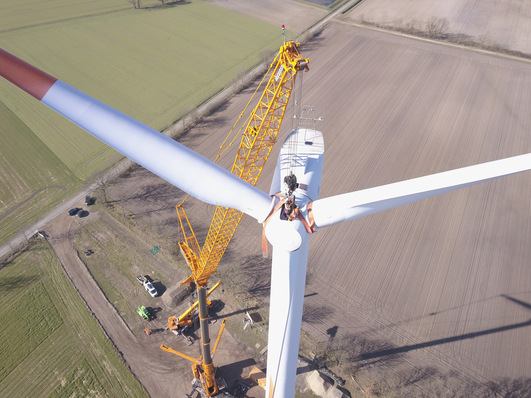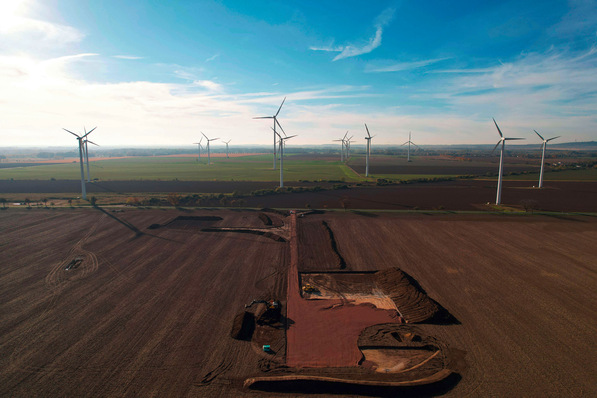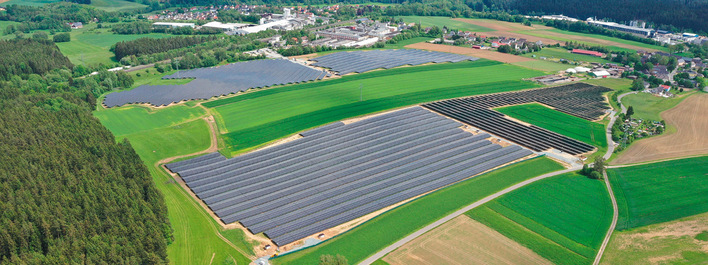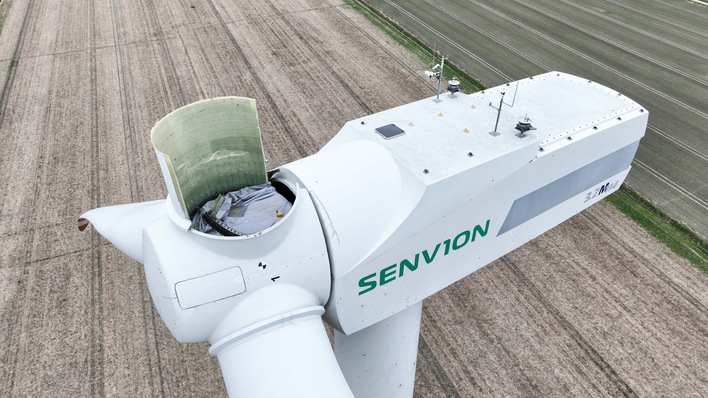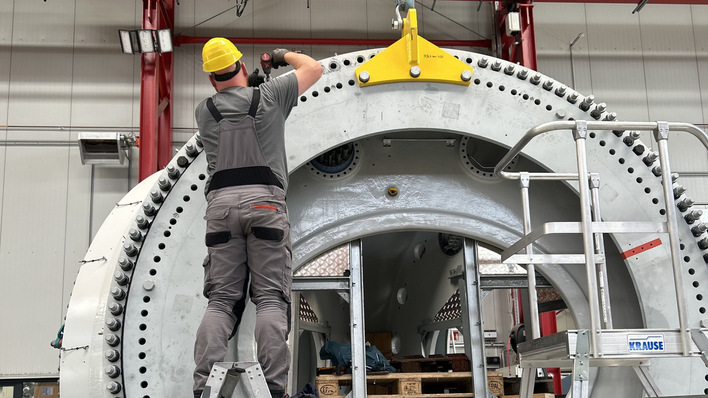Oerlikon Solar has rolled out its new ThinFab amorphous-silicon (a-Si) production line just in time for the 25th European Photovoltaic Solar Energy Conference and Exhibition (EU PVSEC) in Valencia, Spain. The company says that the new production line can produce a-Si thin film modules at a record-breaking low production cost of only € 0.50 (about $0.65) per watt peak (Wp), about $.10 less than the next cheapest producer on the market, American thin film juggernaut First Solar. The company also announced that its new Micromorph® cell had set a lab efficiency record of 11.9% stabilized efficiency, a figure confirmed by the U.S. National Renewable Energy Laboratory (NREL). Oerlikon Group CEO Michael Buscher expressed confidence that the company's breakthroughs would, "change the perception of thin film silicon technology."
In an apparent attempt to set itself apart from thin film manufacturers, such as First Solar, who use cadmium telluride (CdTe) to produce solar cells, Oerlikon is underscoring its, "non-toxic, environmentally friendly modules." While the minute amounts of CdTe used in thin film production are contained and are unlikely to pose a threat in finished modules, CdTe cells have gotten some attention in the press for their toxic ingredients.
It is difficult to make a direct comparison between the production cost of Oerlikon's new cells and those of First Solar, however. One key difference between First Solar's production costs and those of the new Oerlikon fab is that the latter were achieved in a controlled laboratory setting, whereas First Solar's are production costs in real operational production lines. Unlike First Solar, Oerlikon does not produce modules, but rather is in the business of supplying fabs to its production partners. It may take those partners some time -- and some tweaking -- to realize the production costs Oerlikon has achieved in its laboratory.


